Longitudinal welded steel pipes, commonly referred to as straight seam welded pipes, can be classified into two main types based on their welding processes: Electric Resistance Welded (ERW) pipes and Submerged Arc Welded (SAW) pipes. Among them, ERW pipes include high-frequency welded pipes, medium-frequency welded pipes, and low-frequency welded pipes. On the other hand, SAW pipes—often referred to as double-sided submerged arc welded pipes—are known in the industry as LSAW pipes (Longitudinally Submerged Arc Welded pipes).
Both ERW and LSAW pipes are widely used in industries like oil and gas transportation, construction, water supply, and structural applications. Below is a breakdown of these welding techniques and their specific characteristics.
ERW Steel Pipes: High-Frequency Welding Technology
ERW (Electric Resistance Welding) is a widely used welding method for manufacturing longitudinal steel pipes. This process involves applying pressure and heat generated by electrical resistance to join the edges of the steel strip, creating a high-quality weld without the need for filler material.
ERW welding can be categorized into:
AC (alternating current) welding, which includes low-frequency, medium-frequency, super-audio frequency, and high-frequency welding.
DC (direct current) welding, typically used for small-diameter pipes.
High-frequency welding (HF) is the most common form of ERW welding and is further divided into:
Contact welding
Induction welding
High-frequency ERW pipes are especially suitable for producing thin-walled or standard-thickness steel pipes. They offer advantages like high productivity, low production costs, and are extensively used in applications such as water pipelines, gas pipelines, scaffolding, and structural support systems.
LSAW Steel Pipes: Double-Sided Submerged Arc Welding
LSAW pipes (Longitudinal Submerged Arc Welded pipes) represent a high-end welded pipe product manufactured using medium-thick steel plates. The process involves rolling a single steel plate into a pipe shape using a forming press or mold and then welding it using a double-sided submerged arc welding (DSAW) technique. The final product often undergoes an expansion process to ensure roundness and dimensional accuracy.
LSAW pipes offer exceptional performance characteristics:
Large diameter and thick walls
Excellent toughness, plasticity, and weld uniformity
High pressure resistance
Superior performance in low-temperature and corrosive environments
Due to these properties, LSAW pipes are the preferred choice for long-distance oil and gas pipelines, especially in high-demand applications such as subsea installations, cold climate regions, and densely populated urban areas. According to API (American Petroleum Institute) standards, LSAW pipes are the recommended pipe type in Class I and Class II pipeline zones.

Differences Between ERW and LSAW Pipes、
|
Feature
|
ERW Pipes
|
LSAW Pipes
|
|
Welding Type
|
Electric Resistance (solid phase)
|
Submerged Arc (fusion welding)
|
|
Filler Material
|
Not required
|
Required
|
|
Pipe Diameter
|
Typically up to 26” (660mm)
|
Can exceed 56” (1422mm)
|
|
Wall Thickness
|
Up to ~0.75” (20mm)
|
Up to ~2.5” (60mm)
|
|
Production Efficiency
|
High
|
Moderate
|
|
Applications
|
Medium/low pressure systems, structural use
|
High-pressure pipelines, offshore and arctic pipelines
|
ERW pipes are ideal for mid-range pressure systems and general infrastructure due to their cost efficiency and ease of production. In contrast, LSAW pipes are engineered for demanding environments, offering higher reliability, strength, and durability.
Development Trends in Longitudinal Welded Pipes
With increasing demand for high-strength and high-performance pipeline solutions, both ERW and LSAW technologies are continuously evolving. Current industry trends include:
Adoption of higher-grade steel materials for enhanced performance
Improvements in automated welding systems
Advanced non-destructive testing (NDT) to ensure weld quality
Expansion in pipe size range to meet project-specific requirements
Development of energy-efficient welding techniques to reduce environmental impact
The future of longitudinal welded pipes lies in producing large-diameter, thick-walled, high-grade pipes capable of performing reliably under harsh conditions, such as subsea drilling or ultra-long-distance oil and gas transport.
Conclusion
In summary, straight seam welded pipes can be divided into two categories according to the welding process: electric resistance welding (ERW) and submerged arc welding (LSAW), among which ERW includes high-frequency welding, medium-frequency welding and low-frequency welding. Each welding process has its unique advantages and applicable scenarios. Users should choose appropriate straight seam steel pipes according to the specific needs of the project to ensure engineering safety and improve economic benefits. In the future, with the continuous advancement of welding technology and the continuous changes in market demand, straight seam welded pipes will play a more important role in many fields such as oil and gas, construction, infrastructure, water conservancy, and energy.






 English
English Español
Español بالعربية
بالعربية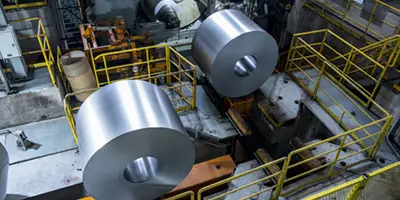

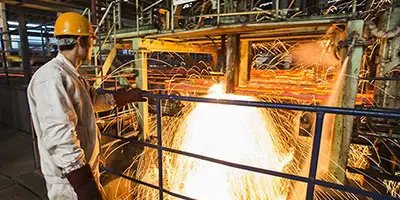
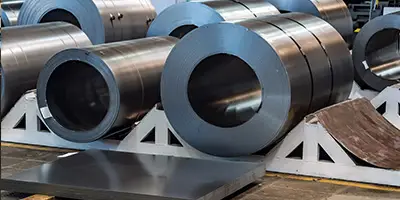

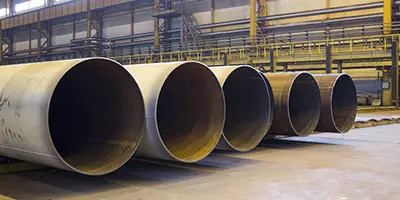
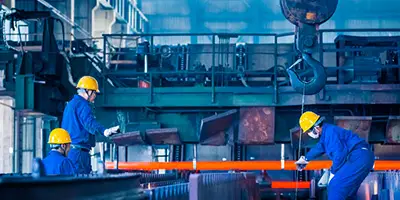
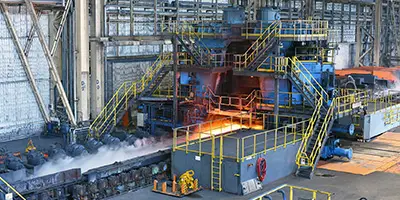
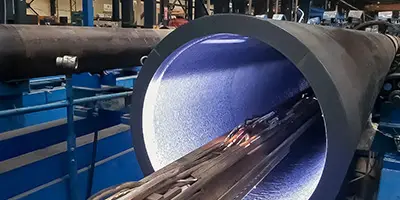
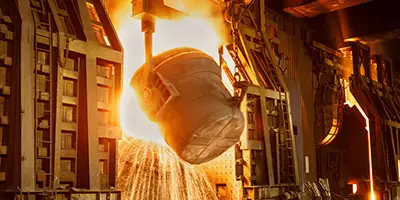
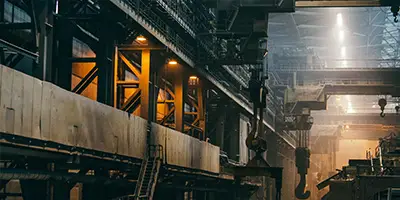

 Phone :
Phone :  Whatsapp :
Whatsapp :  Email :
Email : 


